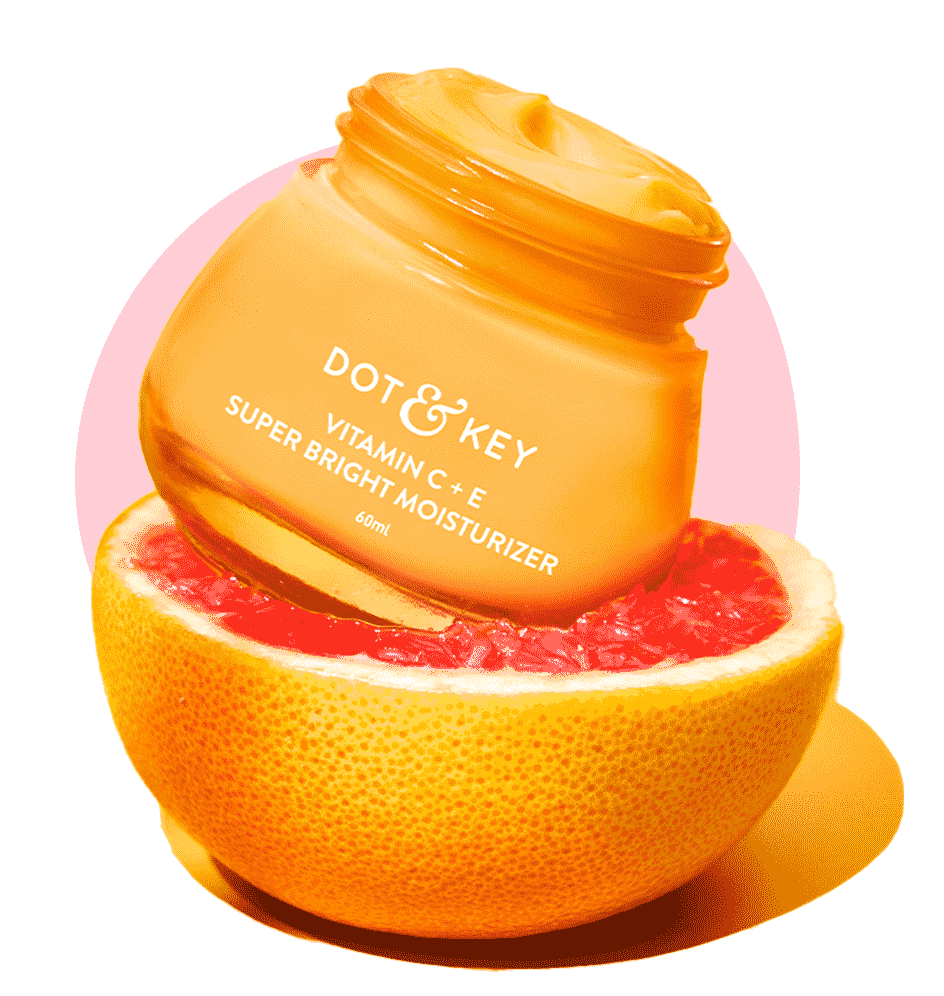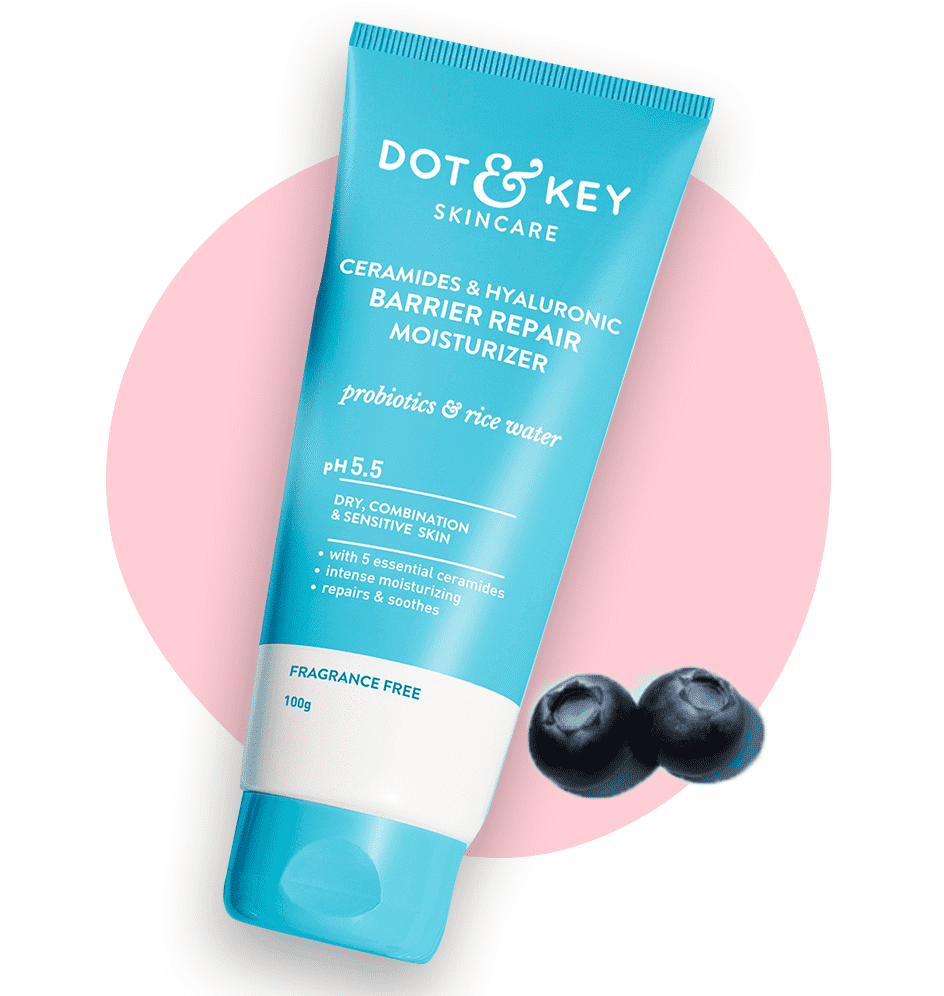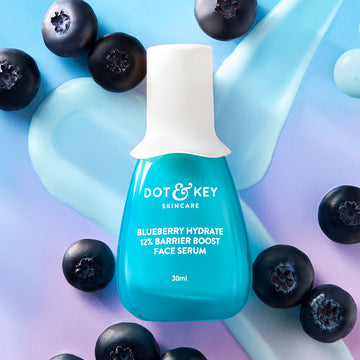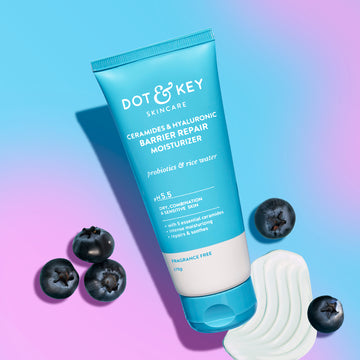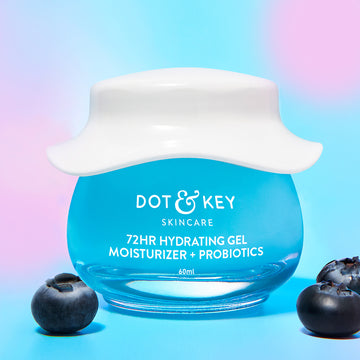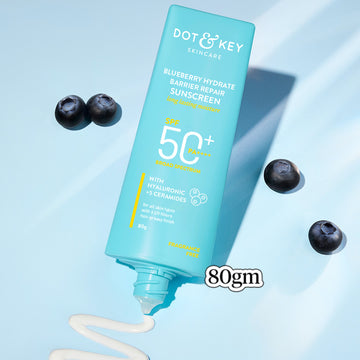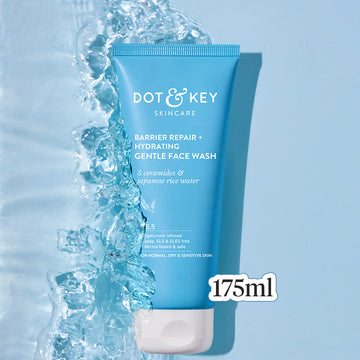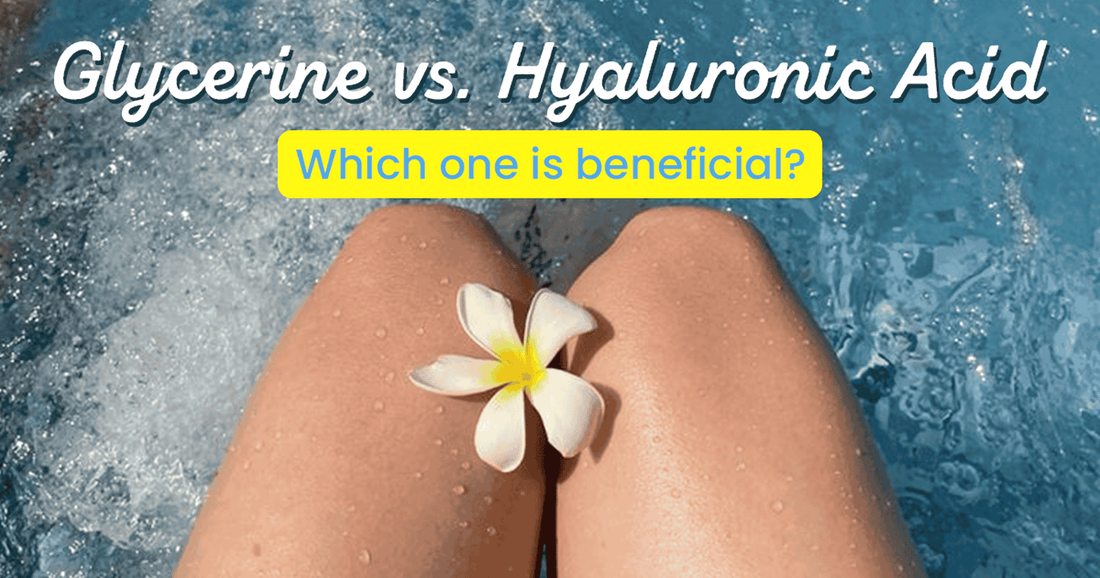
When it comes to deep hydration, Glycerin and Hyaluronic Acid are the ultimate skincare MVPs. Both are humectants, meaning they draw moisture into the skin, but they have unique ways of doing it. Glycerin works like a moisture magnet, pulling hydration from the air and locking it into your skin, while hyaluronic acid acts as a super sponge, holding up to 1,000 times its weight in water for a plump, dewy glow.
So, which one should you choose—or should you use both? Let’s break it down and find out!
What is Glycerin?
Glycerin is a naturally occurring compound derived from plant oils or animal fats. It is a versatile humectant that attracts moisture and helps lock in hydration.
Key Benefits of Glycerin:
- Deep Hydration: Draws moisture from the environment into the skin for lasting hydration.
- Strengthens the Skin Barrier: Supports and repairs the skin’s natural protective barrier.
- Soothes Irritation: Reduces redness and calms sensitive or inflamed skin.
- Improves Skin Texture: Leaves skin feeling soft, smooth, and plump.
- Non-Comedogenic: Does not clog pores, making it suitable for all skin types.
What is Hyaluronic Acid?
Hyaluronic acid (HA) is a molecule naturally found in the skin that can hold up to 1,000 times its weight in water. It works as a humectant to hydrate the skin at multiple levels.
Key Benefits of Hyaluronic Acid:
- Intense Hydration: Penetrates deeper layers of the skin for multi-level hydration.
- Plumps Skin: Reduces the appearance of fine lines and wrinkles by boosting skin elasticity.
- Non-Irritating: Gentle and safe for all skin types, including sensitive skin.
- Enhances Radiance: Improves skin’s overall glow and dewiness.
- Works Synergistically: Pairs well with other active ingredients in skincare.
How They Compare
| Feature | Glycerin | Hyaluronic Acid |
|---|---|---|
| Primary Function | Attracts moisture and repairs the skin barrier. | Attracts and holds water for deep hydration. |
| Hydration Depth | Surface-level hydration; retains moisture in the outer layers. | Multi-level hydration; penetrates deeper into the skin. |
| Skin Type | Suitable for all skin types, especially dry and sensitive skin. | Suitable for all skin types, especially dehydrated skin. |
| Anti-Ageing Benefits | Minimal; focuses on hydration and barrier repair. | Reduces fine lines by plumping and hydrating the skin. |
| Irritation Potential | Very low; gentle on sensitive skin. | Very low; non-irritating and safe for sensitive skin. |
| Frequency of Use | Safe for daily use, morning and night. | Safe for daily use, morning and night. |
| Molecular Size | Smaller molecule; penetrates easily into the skin. | Larger molecule; often works on the surface unless formulated in smaller sizes. |
Which is Better for Your Skin?
The choice depends on your skin type and needs:
Choose Glycerin If:
- You have dry or sensitive skin that needs barrier repair.
- Your primary concern is surface-level hydration and reducing irritation.
- You want an affordable and widely available ingredient.
- You’re looking for a product that can work in humid or dry environments.
Choose Hyaluronic Acid If:
- Your skin is dehydrated and needs deeper hydration.
- You’re looking for a plumping effect to reduce fine lines and wrinkles.
- You want to enhance your skin’s natural glow and elasticity.
- You’re comfortable pairing it with other actives for a multi-step routine.
Can You Use Glycerin and Hyaluronic Acid Together?
Yes! Glycerin and hyaluronic acid complement each other well and can be used together for maximum hydration and skin health.
How They Work Together:
- Glycerin attracts water and reinforces the skin barrier.
- Hyaluronic Acid holds water in the deeper layers of the skin.
How to Use Them Together:
- Apply a product containing hyaluronic acid on damp skin to attract water.
- Follow with a product containing glycerin or a hydrating moisturizer to seal in moisture.
- Always finish with sunscreen during the day to protect your skin.
Who Should Use Both?
- Dry, Dehydrated Skin: Glycerin repairs the barrier, while hyaluronic acid hydrates deeper layers.
- Ageing Skin: Combine both to plump skin and reduce the appearance of fine lines.
- Sensitive Skin: Use together for gentle, soothing hydration.
Common Mistakes to Avoid
-
Using Hyaluronic Acid on Dry Skin Without Moisturizer:
Always seal HA with a moisturizer to prevent water loss. -
Overlooking Glycerin in Humid Climates:
Glycerin works well in both humid and dry conditions but may feel sticky if overapplied in high humidity. -
Neglecting Sunscreen:
Both ingredients work best when paired with sun protection during the day.
Science Backing
- Glycerin: Studies in the Journal of Cosmetic Dermatology confirm glycerin’s ability to strengthen the skin barrier and provide long-lasting hydration.
- Hyaluronic Acid: Research in the Journal of Investigative Dermatology highlights HA’s role in improving hydration, elasticity, and reducing fine lines.
- Combination Use: Dermatologists recommend pairing glycerin and hyaluronic acid for optimal hydration and barrier repair, as noted in the Journal of Clinical and Aesthetic Dermatology.
Conclusion
Both glycerin and hyaluronic acid are exceptional hydrating ingredients, but they cater to different needs. Choose glycerin for barrier repair and surface hydration, and opt for hyaluronic acid for deeper hydration and plumping
FAQs About Glycerin and Hyaluronic Acid
1. Which is Better for Dry Skin?
Both work well, but glycerin may be slightly better for repairing the skin barrier, while hyaluronic acid provides deeper hydration.
2. Can I Use Them Every Day?
Yes, both are safe for daily use, morning and night.
3. Do They Work for All Skin Types?
Yes, both glycerin and hyaluronic acid are suitable for all skin types.







